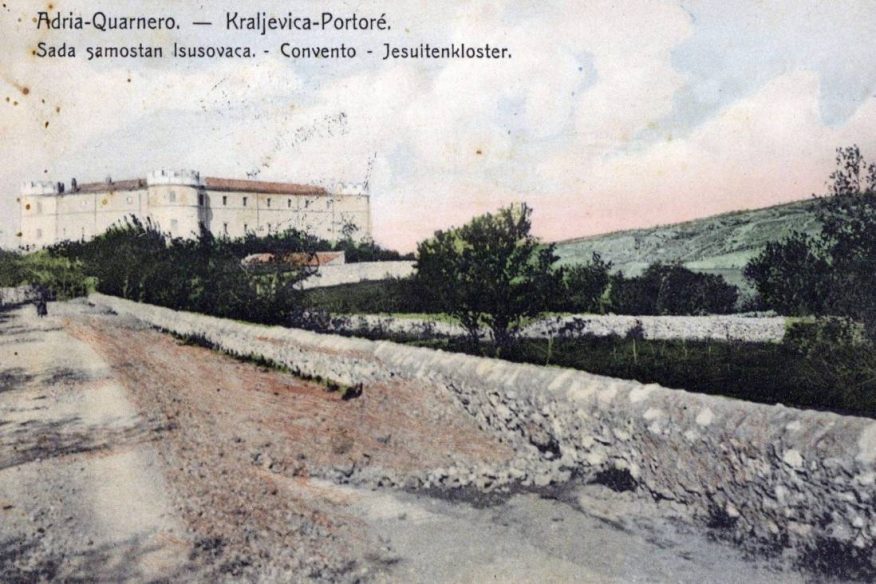The Balkans: Jesuits and residences on the other side of the Mediterranean

Our Archive preserve many testimonies of residences and colleges located in the Balkans, from Croatia to Greece. How is this possible?
The borders of the Provinces
The boundaries of the Jesuit Provinces corresponded to those of the Ancient Italian States. However often included mission territories, which then became an integral part of the Province. In several cases the need to extend jurisdiction to residences and colleges located hundreds of kilometres away, due to a request from the General for example, required the boundaries to be extended.
There are many sources that can help reconstruct the history and memory of various territories facing the Adriatic coast.
Fiume
The first residences we are concerned with today were located about a hundred kilometres from Gorizia, one of the last Italian towns before the border with Slovenia.
The Jesuits were in fact present in Fiume (Rijeka) from the time of the Old Society. We have a manuscript on the history of the college in Rijeka dating back to the 18th century, a true rarity in our Archives, which mainly preserve documentation from 1814 onwards.
In the New Society, the Jesuits managed the minor seminary in Rijeka, we also preserve the diary of the Bishop’s Seminary. The Society’s presence in this city lasted until the end of World War II when the military regime was established.
Portorè
A little further south, just a half-hour drive by car or bus away, is the town of Kraljevica, formerly known as Portore. We have already dedicated an episode of this column to the Jesuits who lived here.
The Jesuits lived in the Frangipane castle where the novitiate of the Veneto – Milanese Province was based for a few years before being transferred to Sartinara.

Between Dalmatia and Croatia
However, the same Province also had residences and colleges along Dalmatia, in the so-called “Illyrian Dalmatian Mission”: Ragusa and Zara, in Croatia. A boarding school was active in Zadar, whose house diaries are preserved for the years 1868 – 1908.
The archive documentation, contained in the ‘Dalmatia’ folder, consists of letters and reports. It contains information about the seminary in Split, the church of St. Ignatius in Dubrovnik and the nearby seminary.
There is also a connection between these territories and the Roman Province. In fact, on the other side of the Mediterranean in Loreto, a few kilometres from the coast, the Illyrian-Lauretan College had been active for centuries, historically welcoming students from ancient Illyria: Dalmatia and Croatia.

Albania
Going further down the coast, we arrive in Albania, where the Jesuits founded the college in Shkodra, also taking care of an orphanage for several years.
The Jesuits’ apostolate initially wandered among villages and towns in the interior of Albania, the so-called ‘flying mission’. Later they settled in Tirana, where they opened a residence and were entrusted with the parish, still one of the largest in the city by territory.
The extension of the mission of the Venetian-Milanese Province stopped in Albania, no residences were opened in the south of Albania, where the presence of the Orthodox Church and the Muslim religion was predominant.
Greek Islands
The Society was also present in Greece, with alternating fortunes due to the presence of the Ottoman Empire. The communities depended on the French provinces but the residences on the two small islands of Syros and Tinos depended on the Sicilian Province. We also have evidence of this in the diary of Fr. Lorenzo Rocci , who visited here in March 1910 and a second time the following year.
Today the Jesuit residence in Athens depends on the French Province, the documentation concerning the presence of the Jesuits in the various Greek residences, including the islands, is kept in the historical archives of the Province in the Greek capital.
Accompanying the episode are two postcards depicting the Frangipane castle in Portore and a black and white photo of Shkodra and the old Jesuit seminary.
Maria Macchi











